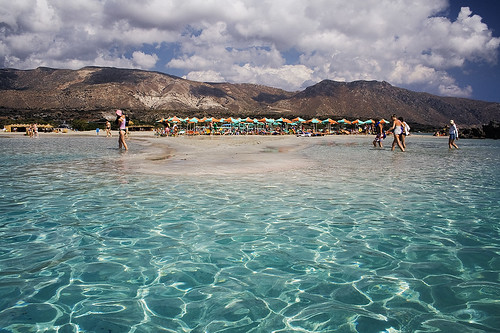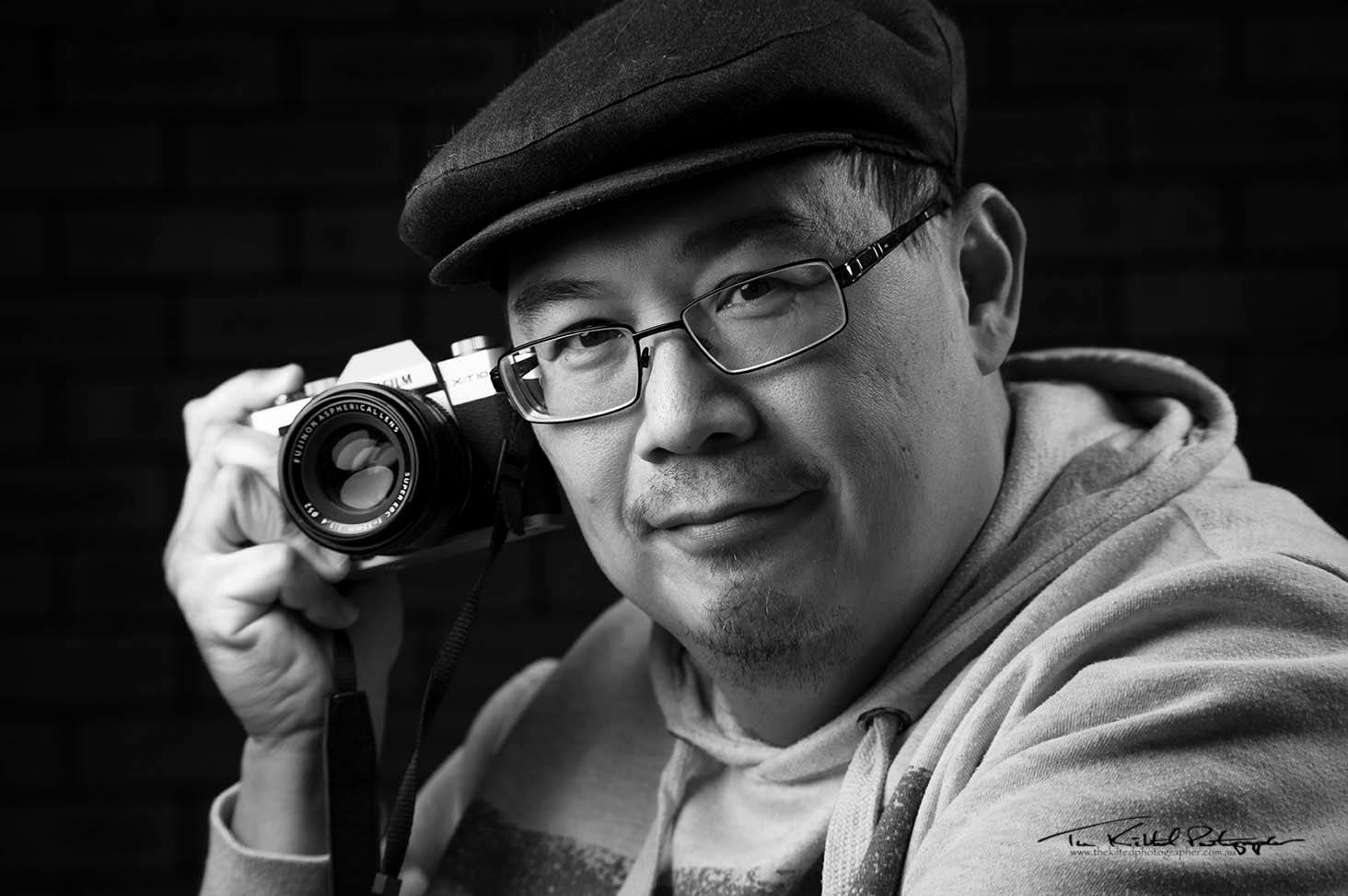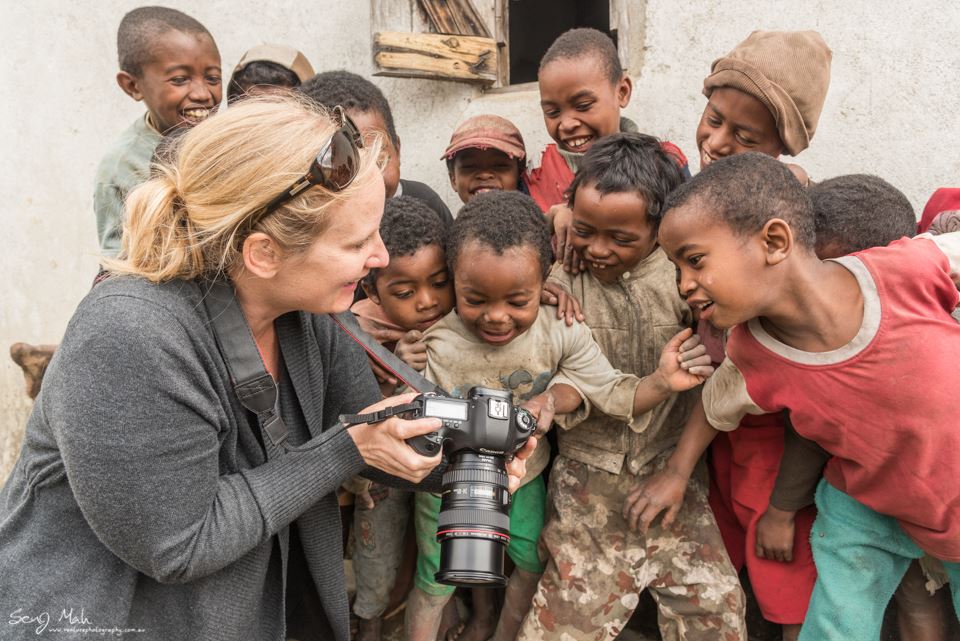Top 5 Gifts you can get for yourself this Christmas
1. A fast prime lens
 Fast lenses have nothing to do with how quickly they take a picture; instead, they are known as “fast” lenses because their apertures can open wide and let in a lot of light, thus giving you the ability to shoot at faster shutter speeds than regular lenses such as kit lenses.
Fast lenses have nothing to do with how quickly they take a picture; instead, they are known as “fast” lenses because their apertures can open wide and let in a lot of light, thus giving you the ability to shoot at faster shutter speeds than regular lenses such as kit lenses.
While a wide open aperture means that these lenses are great for photography in low light, their main attraction is that the wide open apertures also give you the ability to shoot at very shallow depths of fields, thus making the background (and foreground) around the subject very soft and out of focus, for the dreamy soft-focus look that you get in portrait and close up photography.
If you’re into portraiture, look at investing in a fast 50mm or 85mm lens. Many of these lenses can open up their apertures to f1.8 and f1.4, letting in plenty of light and creating pin sharp images with soft backgrounds. If you have a bit more $$$ to spend on yourself, then invest in a Sigma Art prime lens – perhaps a 50mm or 85mm f1.4 – they create sharp images with the most beautiful creamy bokeh (the out of focus fuzzy backgrounds).
If you’re more into your documentary photography or street photography, try the 35mm or 24mm prime lenses (again, Sigma Art lenses trump there, with f1.4 versions of both).
Check with your local camera store and see if they have a store demo version you could try out.
2. Neutral density filters
 If you’re into long exposures and yearn to produce those dreamy long exposre images of cascades, waterfalls and waves swirling on the shore and around rocks, then neutral density (ND) filters are the way to go. These filters come in a range of different tint densities; the deeper the tint, the more light the filter blocks, so the longer your exposures can be. ND filters come in a range of different tints – the lightest tints are around the ND4 and ND8 (great for long exposures in lower light, eg. at twilight) to mid-range tints at ND32 and ND64 (for long exposures in brighter light or for very long exposures in low light) to deeply-tinted filters at ND500 and ND1000 (for long exposures in very bright light or to get incredible long exposures in medium light levels).
If you’re into long exposures and yearn to produce those dreamy long exposre images of cascades, waterfalls and waves swirling on the shore and around rocks, then neutral density (ND) filters are the way to go. These filters come in a range of different tint densities; the deeper the tint, the more light the filter blocks, so the longer your exposures can be. ND filters come in a range of different tints – the lightest tints are around the ND4 and ND8 (great for long exposures in lower light, eg. at twilight) to mid-range tints at ND32 and ND64 (for long exposures in brighter light or for very long exposures in low light) to deeply-tinted filters at ND500 and ND1000 (for long exposures in very bright light or to get incredible long exposures in medium light levels).
Note: You may be tempted to invest in a variable ND filter – which are often sold as letting you produce densities at different levels using the one filter. My experience is that these variable ND filters don’t as good a job as dedicated ND filters, so if you’re looking to use different levels of density in your long exposure photography, invest in 3 filters instead of buying a variable ND filter. My recommendation is to get at least two filters – an ND8 and an ND64. And if you’re looking for very long exposures in bright light, then an ND1000 as well.
ND filters for your lens can be purchased from local camera stores. Bring your lens in so that you can match the size of the filter to the size of your lens (or check the back of your lens cap for the thread size of your lens; eg. if your lens thread size is 72mm, then you need to buy 72mm size ND filters to fit the lens).
3. Circular polarizing filter
 If you shoot a lot outdoors, especially in bright, sunny conditions or around water, then a circular polarizing filter may just bring a smile to your dial this Christmas. These filters polarize light, hence getting rid of glare and reflections. They work in the same way polarizing sunglasses work for our eyes.
If you shoot a lot outdoors, especially in bright, sunny conditions or around water, then a circular polarizing filter may just bring a smile to your dial this Christmas. These filters polarize light, hence getting rid of glare and reflections. They work in the same way polarizing sunglasses work for our eyes.
The polarizing filter usually screws onto your lens, and has a front element that you can rotate in order to polarize the light. For best polarization, make sure that your lens is pointing at roughly 90 degrees from the dominant source of light lighting the scene you’re photographing.
4. A light travel camera
 More and more, dedicated photographers are investing in a second set of camera body and lenses that are lighter, more portable and great for travel. These compact system cameras (often called mirrorless cameras as they don’t have the single lens reflex mirror in the body) are lighter, smaller and more compact than traditional DSLRs, but pack a lot of the same punch that you get with DSLRs in their handling and image making.
More and more, dedicated photographers are investing in a second set of camera body and lenses that are lighter, more portable and great for travel. These compact system cameras (often called mirrorless cameras as they don’t have the single lens reflex mirror in the body) are lighter, smaller and more compact than traditional DSLRs, but pack a lot of the same punch that you get with DSLRs in their handling and image making.
A number of systems are available on the market, at varying prices. Naturally, the more expensive systems have more features/functions, are often a little easier to handle (interface-wise) and have a better sensor performance. However, this doesn’t mean that there aren’t mid-range options that may suit your Christmas spending budget.
There are four main brands in the compact system market at the moment: Sony, Fujifilm, Olympus and Panasonic. I’ve used cameras from all four brands and find that the Sony compact system cameras have the most user-friendly interface of all of them, while Olympus and Panasonic compact systems, while powerful, require more experience to use as their interface and menu design is complex and requires a bit of instruction manual reading before use. Of the four brands, Fujifilm, for me, produces the loveliest images when it comes to colour and contrast in image quality. The Sony system excels in focus and, in some models, fast focus and frame rate capture for action photography.
At the end of the day, pick the compact system that best suits you as a photographer – and the best way to do this is head to your local store and give them a try.
5. Photography training and tours
 Book yourself into one of our workshops in 2017 and enjoy photography training that’s a lot of fun and ensures that you will learn a lot about your camera, photography and your creativity! Or, better yet, join us on a tour or a weekend away, where you’ll be immersed in discovering new things and enjoying every moment of your photographic experiences with us! You might like to learn more about landscape photography, or long exposures, lighting, using your flash speedlight, portraiture lighting or macro photography. We have a workshop for almost every type of photography under the sun!
Book yourself into one of our workshops in 2017 and enjoy photography training that’s a lot of fun and ensures that you will learn a lot about your camera, photography and your creativity! Or, better yet, join us on a tour or a weekend away, where you’ll be immersed in discovering new things and enjoying every moment of your photographic experiences with us! You might like to learn more about landscape photography, or long exposures, lighting, using your flash speedlight, portraiture lighting or macro photography. We have a workshop for almost every type of photography under the sun!

No Comments